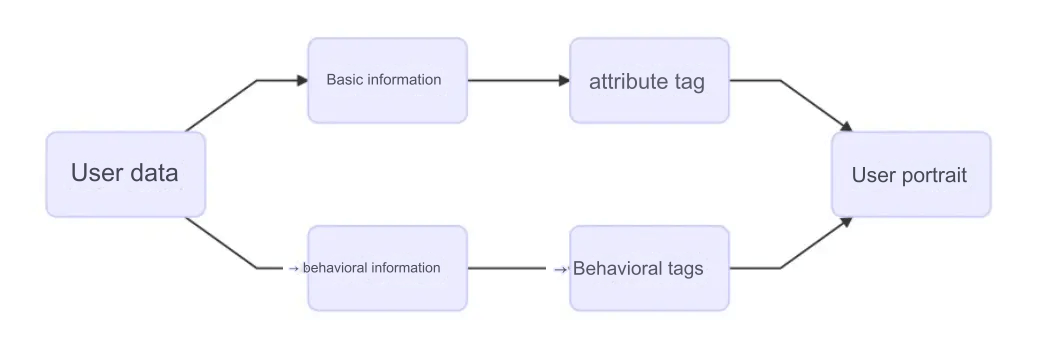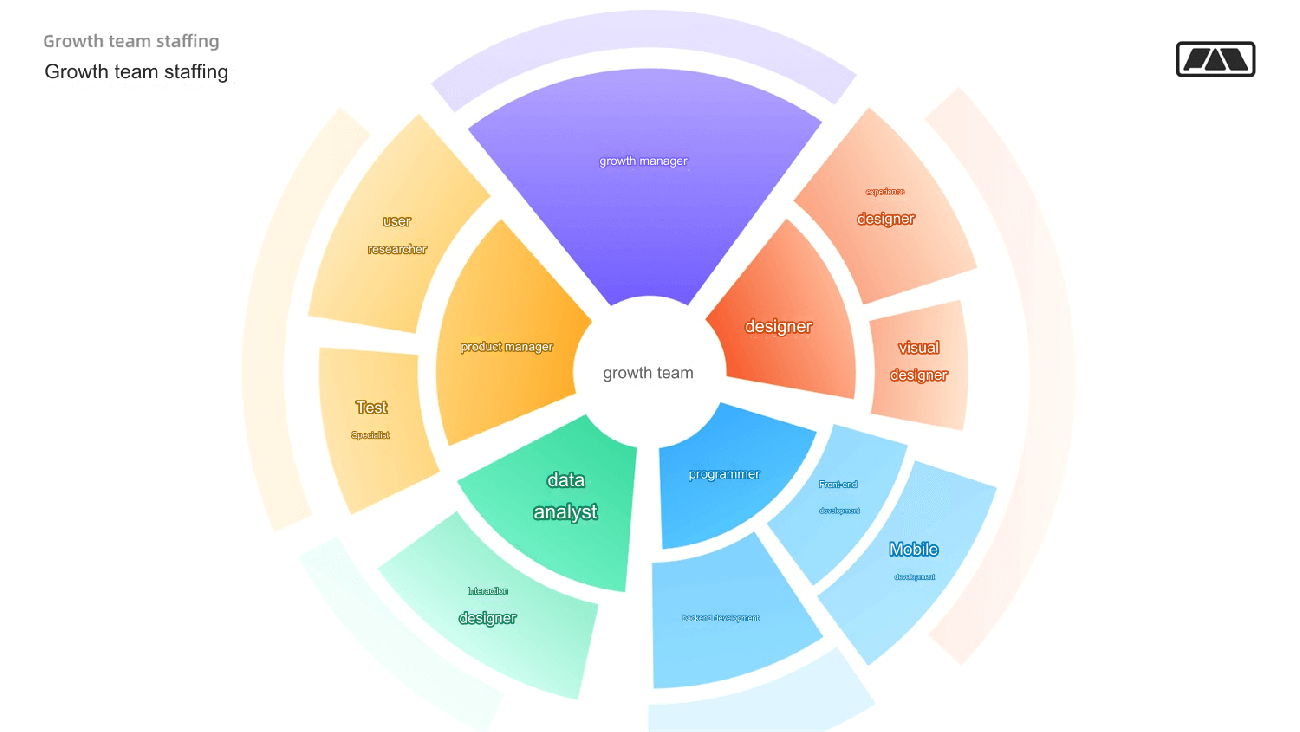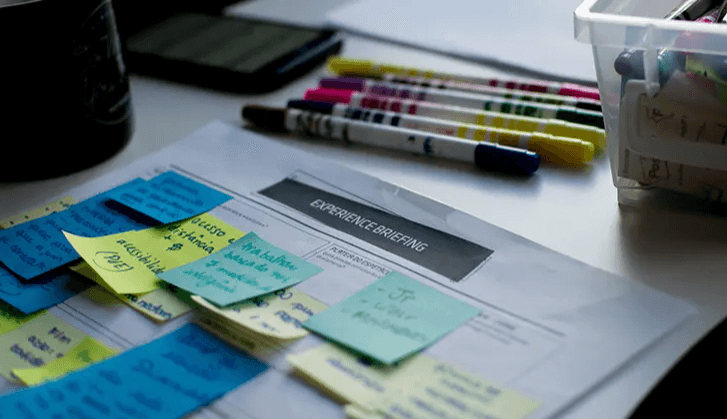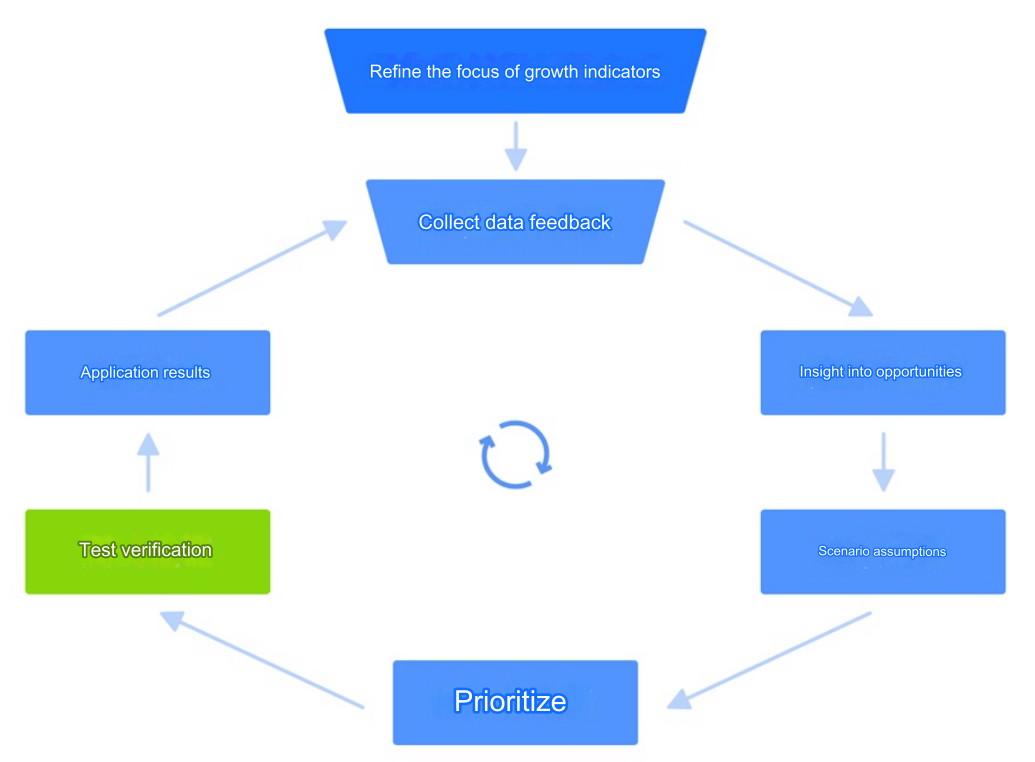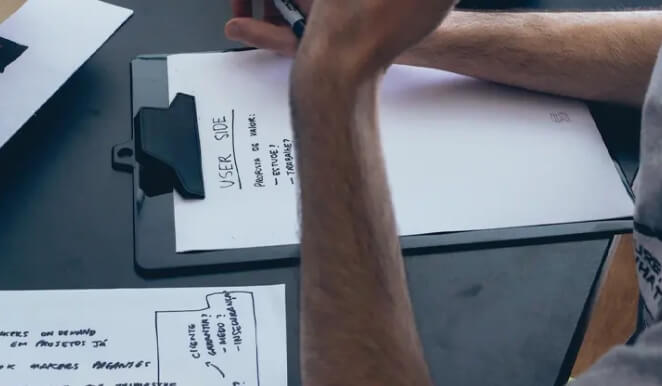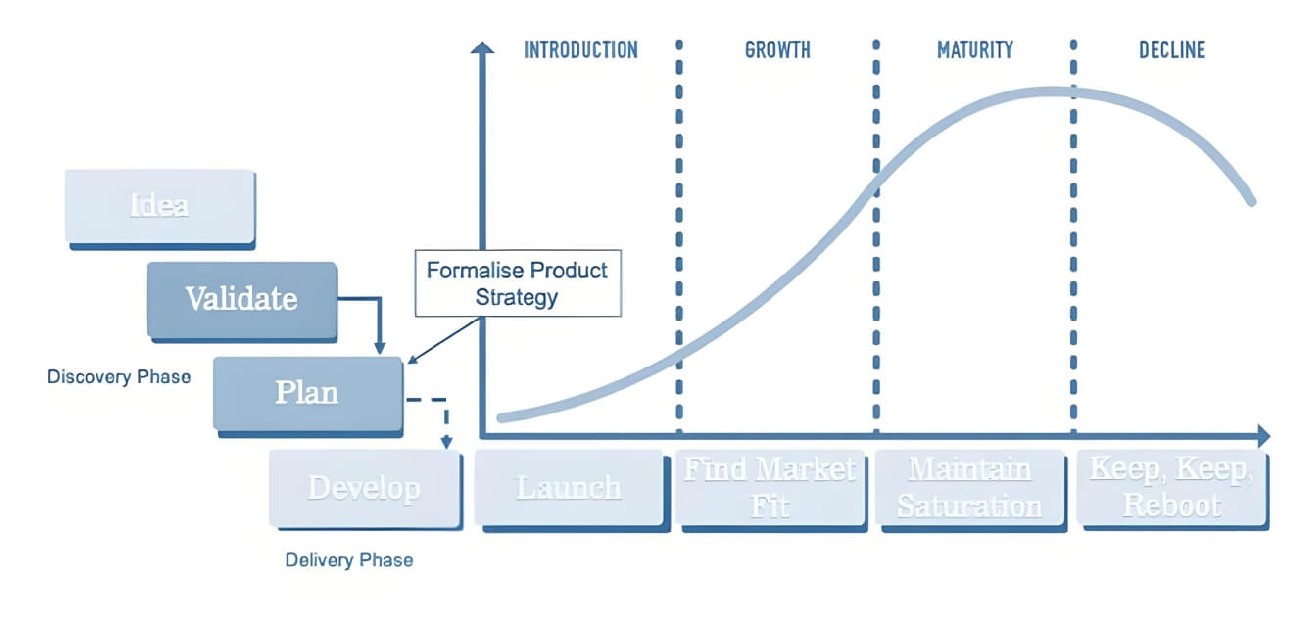In today’s sluggish market environment, many products have slowed their pace of progress. As a result, product managers, who usually collect demands from business teams, might not have much to gather. So, what can we do in such situations?
We are all aware of the current economic climate. A quick glance at industry news or a chat with those around us can give us a general idea of the situation. It’s certainly not easy for companies to survive in this challenging environment. However, I don’t want to spread anxiety, as it doesn’t help anyone.

Although we don’t want to spread anxiety, it doesn’t mean we shouldn’t pay attention to external developments. So, when business departments are stagnating and no new demands are coming in, what can we, as product managers, do?
01. Return to the Essence of the Product
Returning to the essence of the product means we need to reflect on what the value of our product is.
If you can’t explain your product in one sentence, it likely means the product’s value isn’t strong. Every product has its area of expertise and must find a unique presence in a specific space—that is the true purpose of a product.
Some well-known examples we can easily recall include Alibaba’s slogan: “Make it easy for anyone to do business,” JD.com: “Fast, good, and affordable,” Meituan: “Fast delivery of anything,” and Pinduoduo: “Cheaper by pooling together” (or something like that, I remember it). These simple, straightforward messages are what stick with us.
Of course, not all products can easily define their positioning, which requires deep thinking and refinement. It’s not always easy to do.
Here’s a counterexample from my previous company’s startup experience, which encountered a typical problem: trying to do everything. The result? Doing nothing well. At the time, we were planning a data visualization software—similar to the platforms seen in Baidu, Alibaba, and NetEase. Initially, the target audience was large companies because only bigger companies typically have the need for custom data.
However, throughout the development process, the product’s target kept changing—from large companies, to medium-sized companies, then to all companies, and eventually the slogan became, “Let everyone create professional data reports.” The goal kept shifting, and the target user base changed from companies to individuals. As a result, the product grew overly complex, with too many features and ultimately failed because it didn’t serve anyone well.
When business is growing rapidly, many people tend to overlook such issues. After all, everyone is focused on growth—who wants to stop and deal with seemingly trivial matters?
However, if business is slowing down and fewer demands are coming in, this is the perfect time to reflect on the product’s essence.
02. Return to the Essence of Use
Returning to the essence of use means thinking about who our product serves. What convenience does it offer? What problems does it solve for the users? What value does it bring to them?
This is much easier to summarize than the product's essence because it is about understanding our user personas, which is a key consideration during the product design phase.
Behind every demand, there is typically a standard process to address it. For example, according to Youzan’s standard, to meet a demand, we need to understand the context in which the user encountered the problem and how they went about solving it.
Only by deeply understanding our users can we better step into their shoes and design features that fit the scenario.
Here are two examples from my actual work experience:
First example: We offered a tool for home appliance repairmen to claim orders. You can think of it like today’s food delivery drivers or Didi drivers, but our service was for appliance repairs.
We were promoting the “claim order” feature, where users could post a repair request, and based on location and category, it would be sent to eligible technicians. However, when this feature launched, we didn’t have a voice broadcast feature. Initially, we thought the scenario would be: repairmen at home could check their phone, click to claim the order, and then contact the user to provide the service.
But shortly after launching, many technicians requested the addition of a voice broadcast feature. Upon further investigation, we realized that most of the technicians were out in the field, sometimes even performing high-altitude work. They couldn’t look at their phones, so they needed the voice broadcast to alert them about new orders without interrupting their tasks. They also requested that the claim button be larger, so it could be clicked more easily (our original button size was based on Taobao’s design).
Second example: We provided management tools for indoor swimming pools. The main operation was through a PC interface. We launched a feature where, if a VIP customer entered the venue, there would be a voice broadcast to notify staff. However, the speaker was placed inside the turnstile (similar to metro gates).
Soon after launch, staff strongly requested that we add pop-up notifications on the PC interface. After communicating with them, we learned that the noise in the venue was so loud that the sound from the turnstile was inaudible. The staff were watching the order list refresh on the screen, but when there were too many orders, it was easy to miss the VIP entry. Therefore, they wanted the system to not only broadcast the VIP alert but also display the VIP details in a pop-up on the PC screen.
These two examples show that our imagined scenarios in the office were far from what happened in real-world operations. Without getting involved in the field, it’s hard to understand why certain demands, which may seem unreasonable, are actually necessary.
Of course, such issues can be overlooked when business is busy, but if things slow down, shouldn't we focus more on the business side?
03. Return to Our Own Essence
Finally, this point isn’t as much about work itself, but more about our inner thoughts.
As the saying goes, "Busy, busy, busy, but in the end, we accomplish nothing." This often describes a product manager’s experience.
Our job is inherently busy. By "busy," I mean two things: time and energy.
If we compare our product to a necklace, the product manager is like the string that ties all the links together. It’s essential, but not always visible.
That string ties together roles in projects, business, design, development, and operations. It’s exhausting—everything comes to us, but we don't always have control over it.
Some say project managers spend 80% of their time on communication, and I believe this also applies to product managers. We’re constantly coordinating, confirming, and resolving issues.
Being a product manager is like being Schrödinger’s product manager. If you think the role is important, it takes the blame when something goes wrong. If you think it’s not important, then it may seem unnecessary.
If there’s a layoff, which position do you think will be the first to be considered?
Now you might ask, "If it’s so pessimistic, what’s the point of sticking with it?" This is something we have to find for ourselves. Ask yourself honestly: Is this job something we truly enjoy, or are we just doing it for survival? Everyone will have their own answer, but everyone also has their struggles.
With that said, let’s try not to overthink things. Focus on what’s in front of us and make peace with ourselves. Perhaps, this is the way to return to our essence.
Follow your inner thoughts and don't leave room for regret in the future. Do your best and be at peace with yourself. Maybe that’s enough.
A Few Words to Share
Hang in there; everything will be fine!
